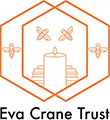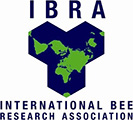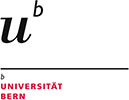|
The liquid form of honey is relatively undesirable because honey could be crystallized and then spoilage under |
|
Abd Elhamid, A.M. and H.F. Abou-Shaara (2017). Using gelatin to produce honey jelly from citrus, clover and cotton liquid honey. Agronomical Research in Moldavia, 50 (1): 57-64. |
| CA1-17-05.pdf | |
| http://www.uaiasi.ro/CERCET_AGROMOLD/en-current_issue |







